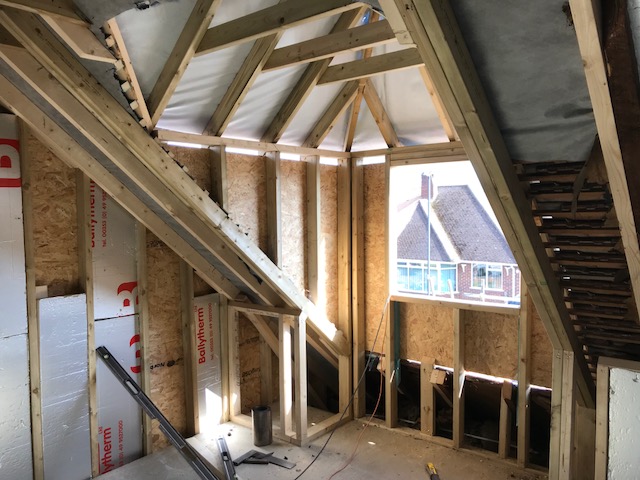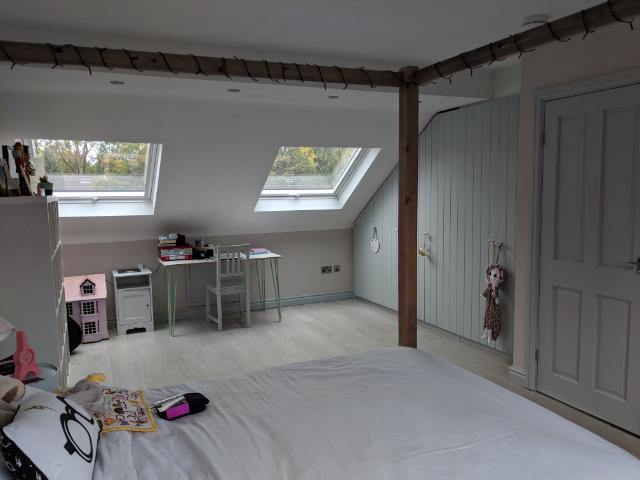
Transforming Your Loft into a Home Office
In the era of remote work and flexible schedules, a dedicated home office is no longer a luxury—it’s a necessity. For those lucky enough to have a loft, this often underutilized space presents a fantastic opportunity to create an inspiring and functional workspace. Whether your loft is a spacious, open area or a cozy nook, transforming it into a home office requires thoughtful planning and design. Here are some key tips to help you make the most of your loft and create a productive workspace that fuels your creativity and efficiency.
1. Assess Your Loft’s Potential
Before diving into design ideas, take a close look at your loft. Consider its layout, lighting, and overall vibe. Is it a bright, airy space with lots of natural light? Or is it a more enclosed area with limited windows? Understanding the characteristics of your loft will guide your decisions on furniture, color schemes, and lighting.
2. Define Your Needs
Identify the primary functions your home office needs to serve. Will you be focusing on computer work, writing, or client meetings? Your needs will determine the type of furniture and equipment you’ll require. Make a list of essential items such as a desk, ergonomic chair, storage solutions, and any specialized equipment. This will help you design a space that is both functional and tailored to your work style.
3. Plan Your Layout
A well-thought-out layout is crucial for a productive home office. Consider how you’ll use the space and where each element should go. Typically, you’ll want to place your desk near a window for natural light but avoid direct glare on your computer screen. Ensure there’s enough space around your desk for movement and that your chair can comfortably swivel and slide.
If your loft has multiple zones, think about how to define these areas. You might use bookshelves, room dividers, or even different paint colors to separate the workspace from the rest of the loft. This can help create a sense of structure and focus within the open space.
4. Choose the Right Furniture
Investing in quality furniture is key to creating a productive workspace. Here are a few essential pieces:
- Desk: Choose a desk that suits your needs in terms of size and functionality. If you work with multiple monitors or need extra storage, consider a larger desk with built-in drawers or shelving.
- Chair: An ergonomic chair is crucial for long hours of work. Look for one that offers good lumbar support, adjustable height, and comfortable cushioning.
- Storage Solutions: Depending on your needs, you might require filing cabinets, shelves, or storage bins. Keep your workspace clutter-free by incorporating smart storage solutions that help you stay organized.
5. Optimize Lighting
Good lighting is essential for productivity and comfort. If your loft doesn’t have sufficient natural light, invest in quality artificial lighting. A combination of overhead lights, desk lamps, and task lighting can create a well-lit workspace. Look for adjustable lighting options so you can customize the light intensity and direction according to your needs.
Consider adding a light therapy lamp if you find yourself working late into the evening. This can help reduce eye strain and maintain your circadian rhythm, improving overall well-being and productivity.
6. Incorporate Personal Style
A home office should be a reflection of your personality and preferences. Adding personal touches can make the space more inviting and enjoyable to work in. Consider incorporating:
- Art and Decorations: Personal artwork, motivational quotes, or inspiring photos can make your workspace feel more like your own.
- Color Scheme: Choose colors that boost your productivity and mood. Blues and greens are known for their calming effects, while vibrant colors like orange and yellow can energize and stimulate creativity.
- Plants: Adding greenery can improve air quality and create a calming environment. Choose low-maintenance plants like succulents or snake plants that thrive in indoor conditions.
7. Ensure Good Ventilation
A well-ventilated space is crucial for maintaining focus and comfort. Ensure your loft has good airflow by opening windows or using a fan. If your loft lacks natural ventilation, consider investing in an air purifier to keep the air fresh and clean. Proper ventilation can also help reduce any potential issues with temperature fluctuations and humidity. If you are searching about transforming your loft into a home office, you may want to check out https://loftconversion.london/ for more information.

8. Manage Noise Levels
If your loft is open to other areas of your home, noise can be a concern. To manage noise, consider:
- Soundproofing: Use rugs, curtains, or acoustic panels to reduce sound reflections and absorb noise. Adding soft furnishings can also help.
- White Noise Machines: These can mask distracting background sounds and improve concentration.
9. Integrate Technology
Incorporate technology that supports your workflow. This might include:
- High-Speed Internet: Ensure your loft has reliable internet connectivity to support video calls, file transfers, and online research.
- Cable Management: Use cable organizers to keep cords and wires tidy. This not only reduces clutter but also minimizes the risk of accidental disconnections or damage.
10. Create a Routine and Set Boundaries
Finally, establish a routine and clear boundaries to maintain productivity. Define specific work hours and stick to them to avoid the risk of work-life imbalance. Create a ritual for starting and ending your workday to help transition between work and personal time.
By following these tips, you can transform your loft into a functional and inspiring home office that enhances your productivity and makes remote work more enjoyable. With thoughtful planning and design, your loft can become a productive sanctuary that supports your professional goals and personal well-being.
